Big cats have long fascinated humans with their majestic presence and powerful aura. These creatures, ranging from lions to leopards and jaguars to tigers, play a pivotal role in maintaining the balance of ecosystems. Their influence goes beyond just being predators; they are crucial in controlling prey populations, ensuring that the environment remains healthy and resilient. Let’s delve deeper into the significance of these magnificent animals in our world.
The Apex Predators: Guardians of the Ecosystem
Big cats are often referred to as apex predators, meaning they stand at the top of the food chain with no natural enemies. Their presence is vital because they help keep the populations of herbivores in check. Without these predators, herbivores would overgraze vegetation, leading to habitat degradation. This balance ensures that ecosystems remain diverse and vibrant, supporting a multitude of species.
Natural Population Control: The Circle of Life
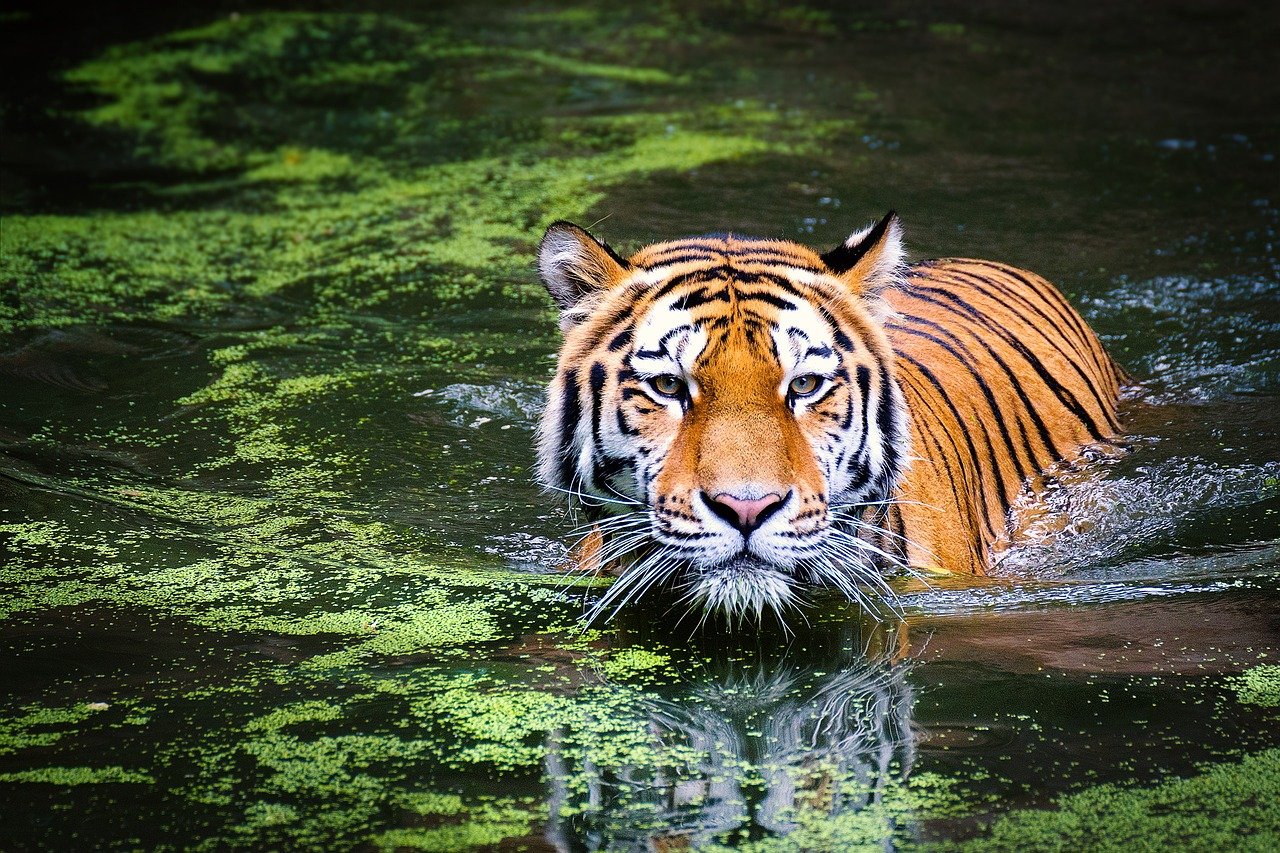
In the wild, big cats naturally regulate prey populations by hunting the weak, sick, or old members of a species. This not only ensures that prey populations do not explode but also promotes a healthier and more robust gene pool among the prey. It’s a natural selection process where the fittest survive, leading to a stronger and more adaptable population.
The Ripple Effect: Impact on Biodiversity
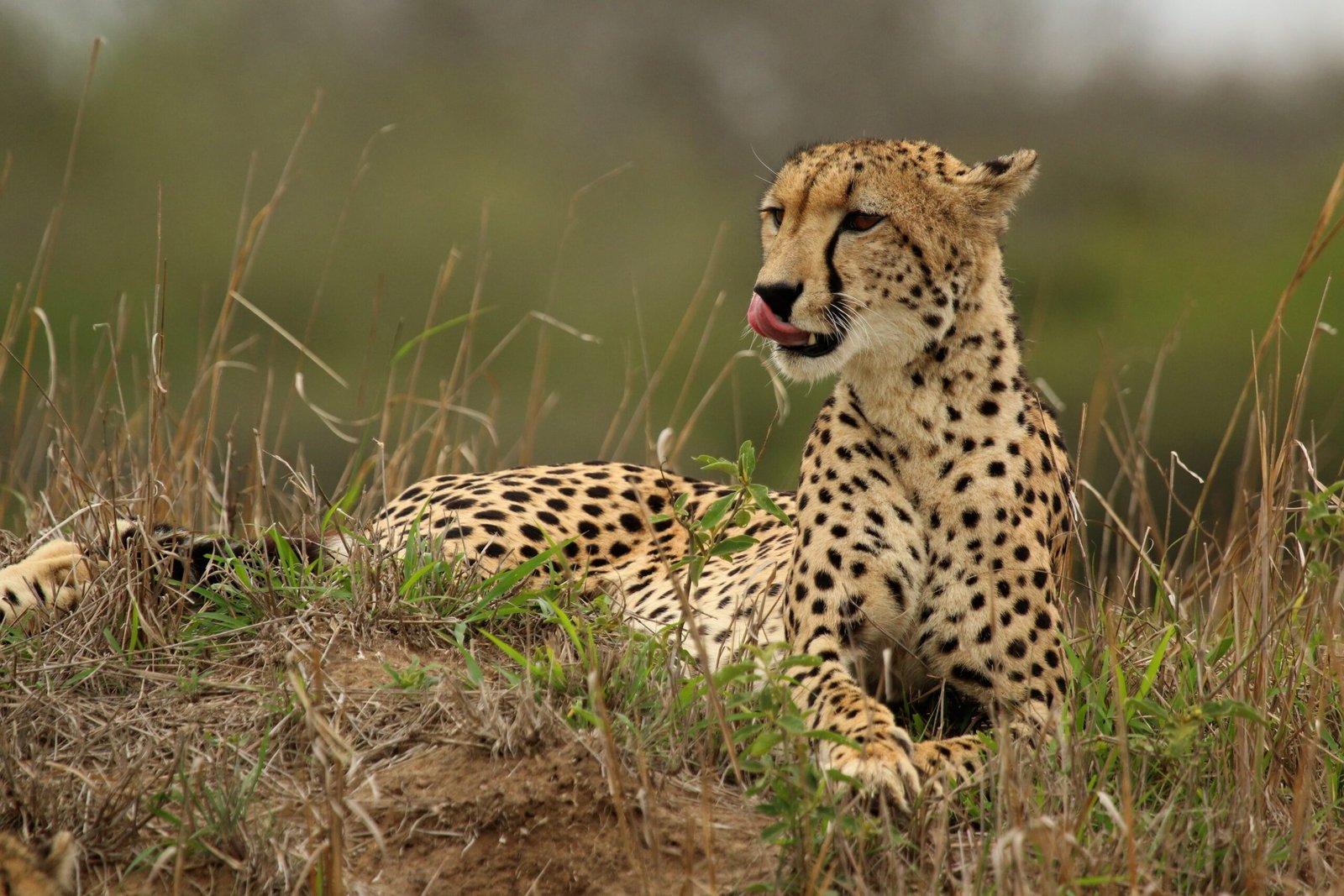
When big cats control prey populations, they inadvertently support biodiversity. By preventing overgrazing, they allow various plants to thrive. This, in turn, supports a wide range of insects, birds, and smaller mammals. The presence of big cats thus has a cascading effect, promoting a rich tapestry of life within their territories.
Preventing Overpopulation: A Balance in Numbers
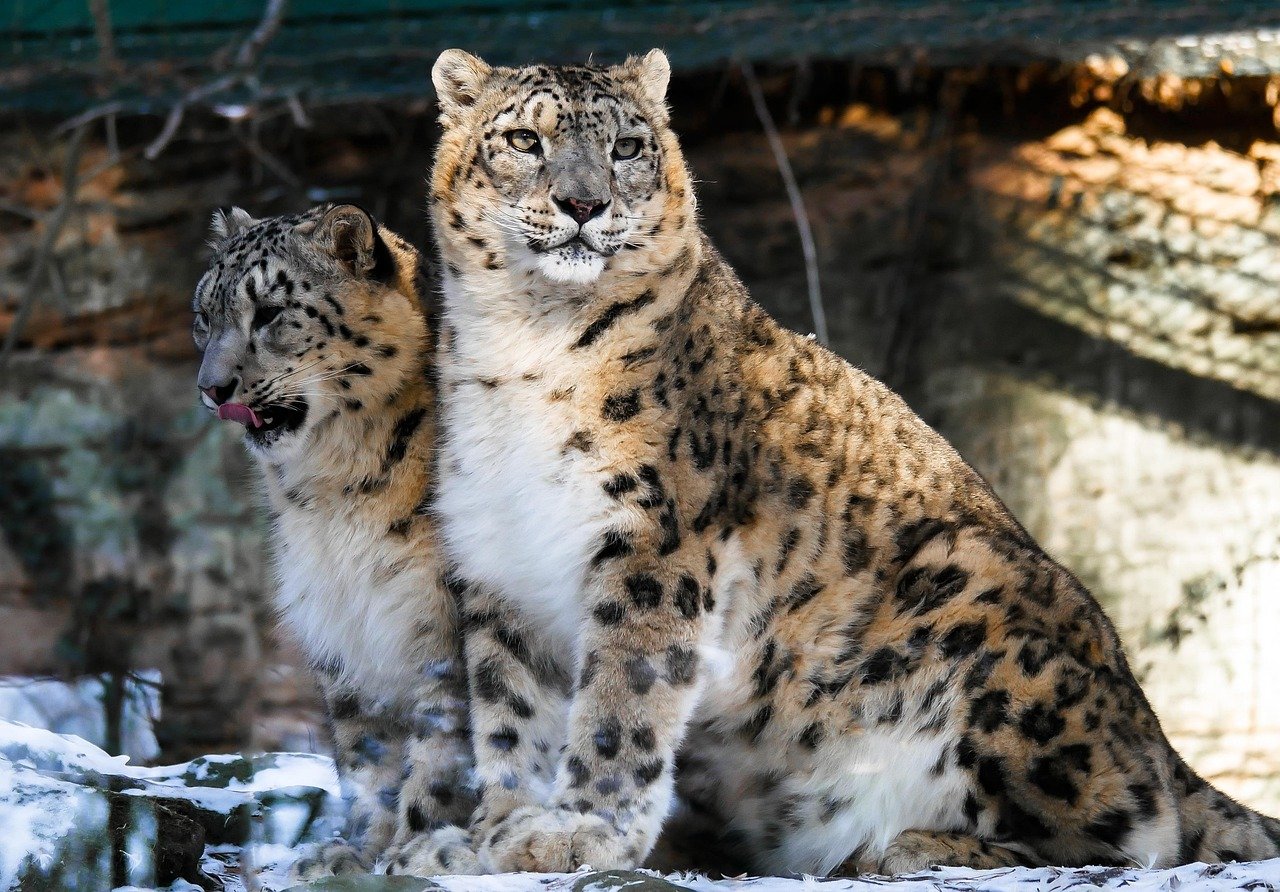
Without big cats, prey species might multiply unchecked, leading to overpopulation. This can result in severe competition for resources like food and water, pushing ecosystems to their limits. By keeping prey numbers in check, big cats ensure that resources are sufficient for all, maintaining the delicate balance of nature.
The Role of Territory: Space and Resources
Big cats are territorial creatures, and their territories often overlap with prey habitats. By controlling these spaces, they influence where and how prey animals move. This territorial behavior ensures that prey populations are dispersed evenly, preventing overcrowding and resource depletion in specific areas.
Healthier Prey Populations: Natural Selection at Work
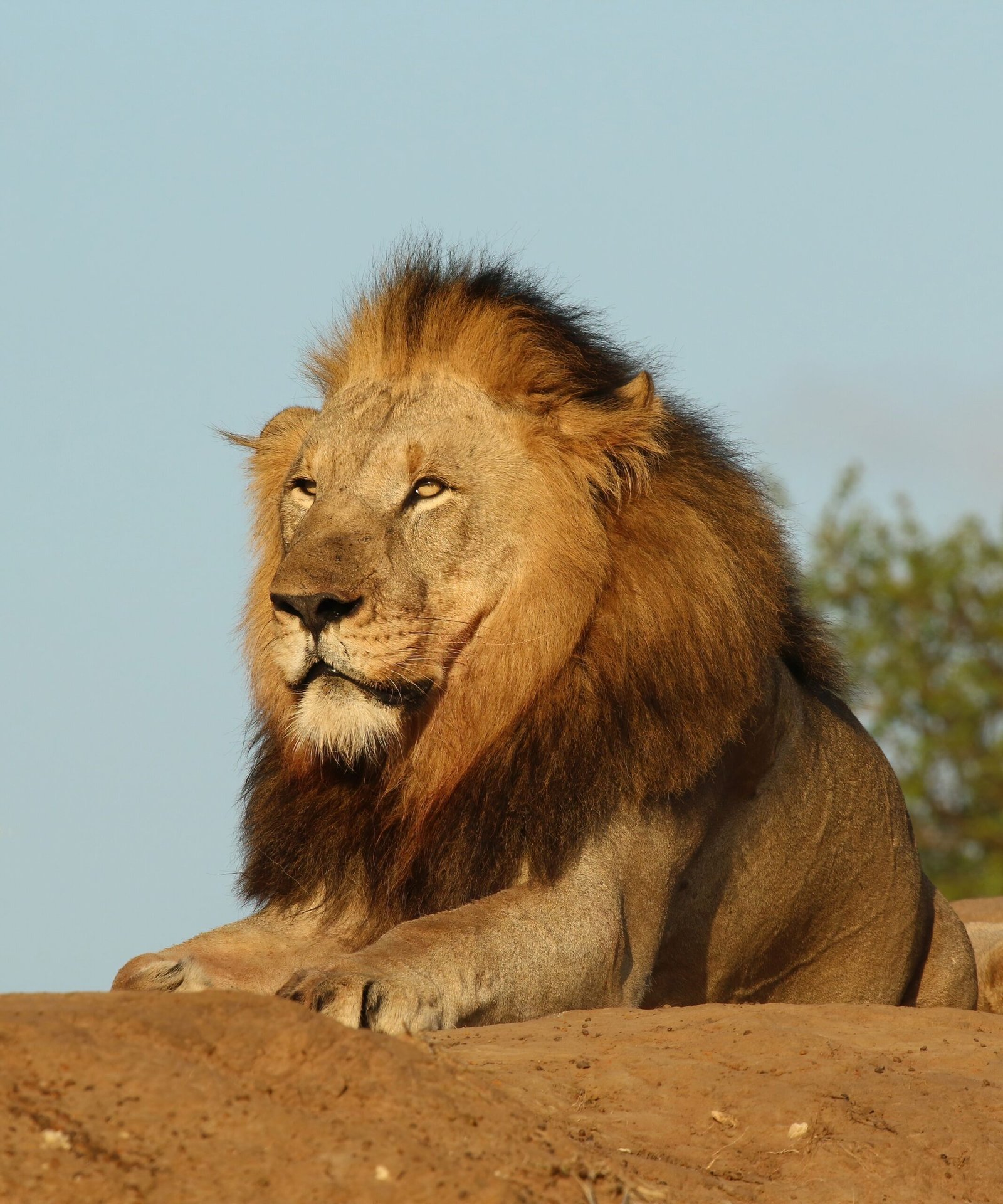
By targeting the weakest members of prey populations, big cats perform an essential ecological service. This selective pressure means that only the strongest and healthiest individuals reproduce, leading to a more resilient prey population. Over time, this results in prey species that are better adapted to their environments.
Maintaining Genetic Diversity: A Natural Balance
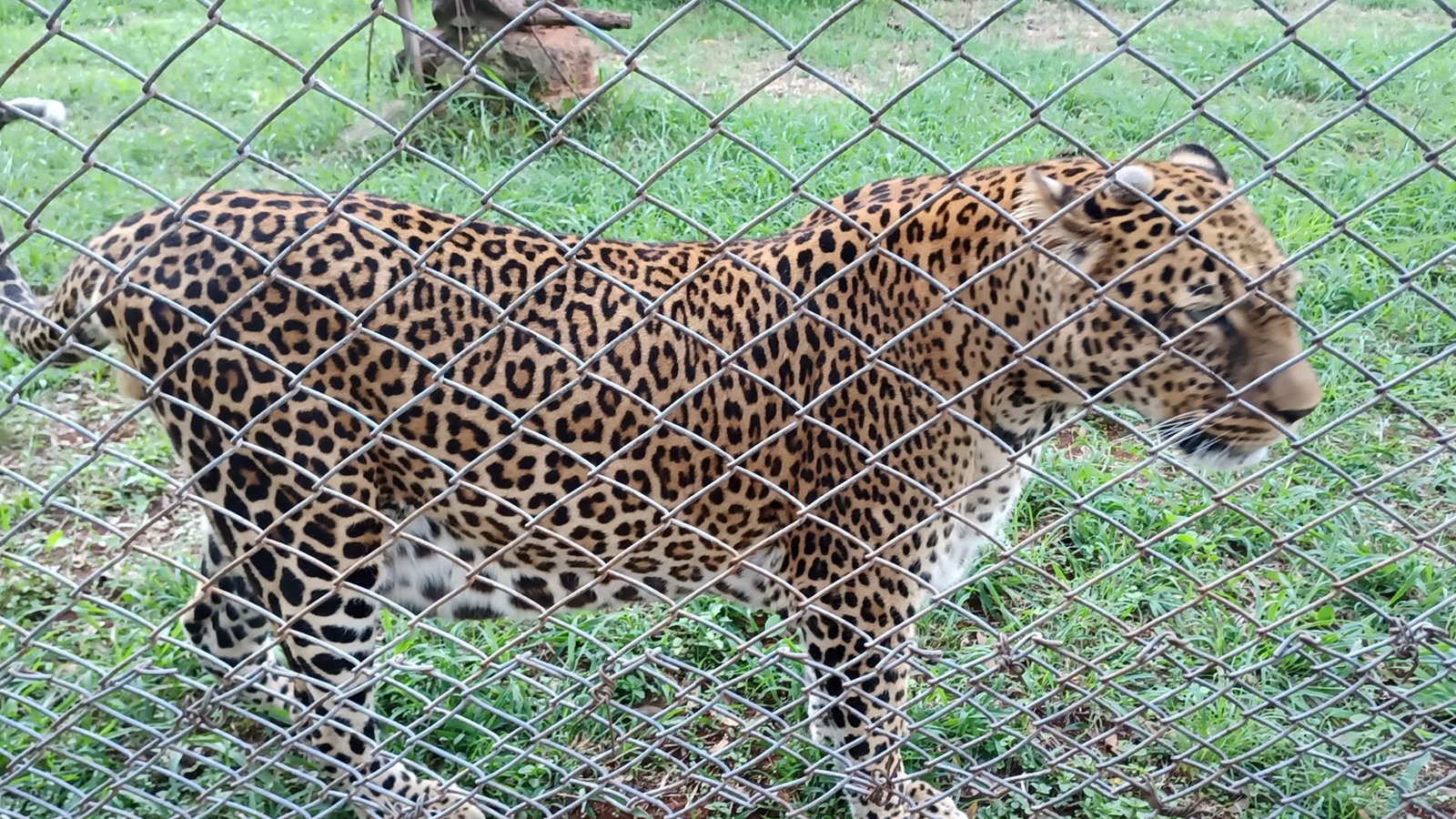
Big cats contribute to maintaining genetic diversity within prey populations. By preying on the less fit animals, they prevent inbreeding and encourage genetic variation. This genetic diversity is crucial for the long-term survival of species, equipping them to withstand environmental changes and threats.
Regulating Prey Migration: Pathways of Survival
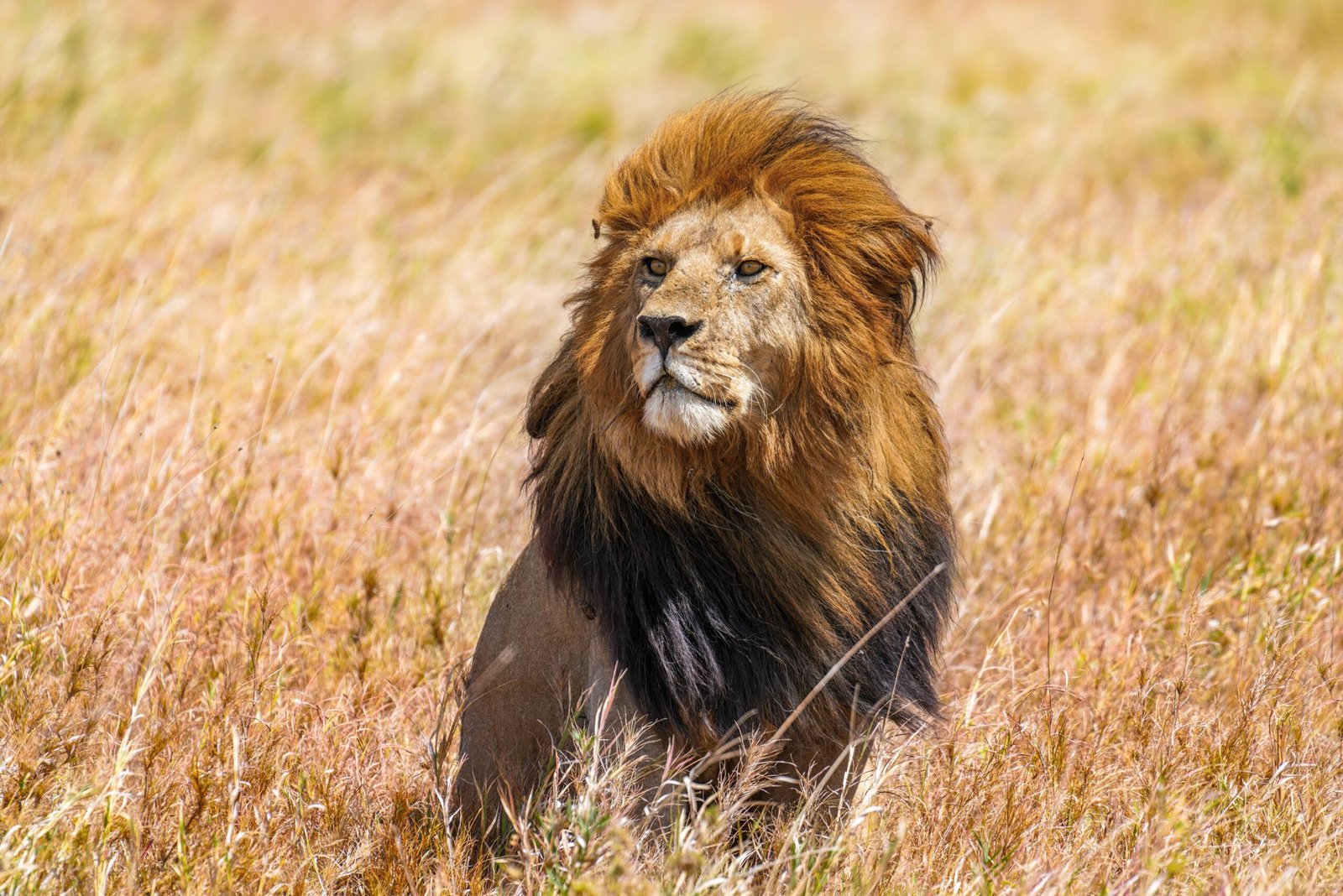
Prey animals often migrate to avoid big cats, leading them to explore new territories. This migration helps distribute animal populations across larger areas, reducing the pressure on specific habitats. The movement also allows for the mixing of different groups, promoting genetic diversity and survival.
Influencing Vegetation Patterns: The Herbivore Connection
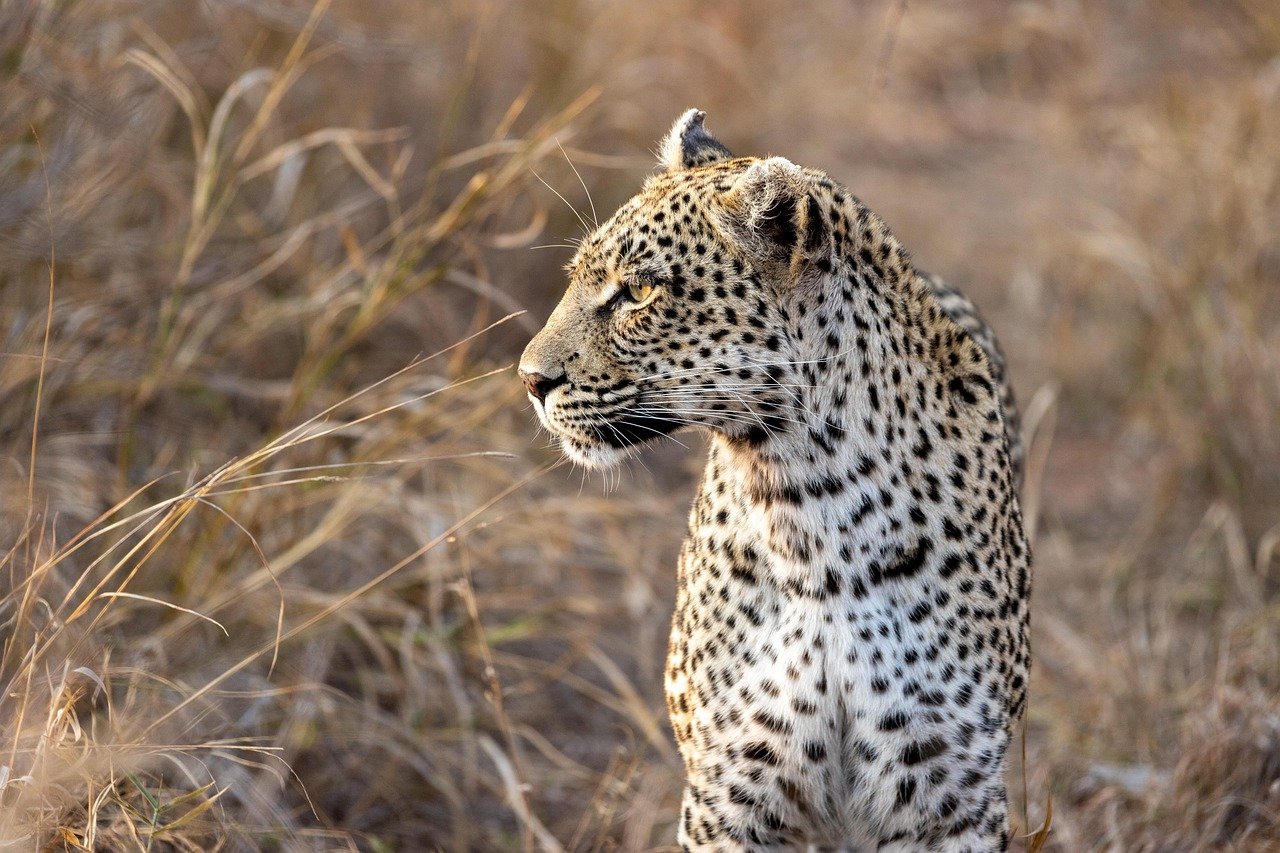
With prey populations in check, big cats indirectly influence vegetation patterns. By preventing overgrazing, they allow various plant species to flourish. This diverse plant life supports a myriad of other species, from insects to birds, creating a balanced and thriving ecosystem.
Human Interactions: The Conservation Challenge
The role of big cats in controlling prey populations highlights the importance of their conservation. Human activities, such as habitat destruction and poaching, threaten these majestic creatures. By understanding their ecological importance, we can better advocate for their protection and ensure that they continue to perform their vital role in nature.
Educational Importance: Spreading Awareness
Educating communities about the role of big cats can foster understanding and appreciation for these animals. Schools, wildlife programs, and documentaries play a crucial role in highlighting the importance of big cats in ecosystems, encouraging conservation efforts and sustainable human practices.
The Economic Impact: Ecotourism and Beyond
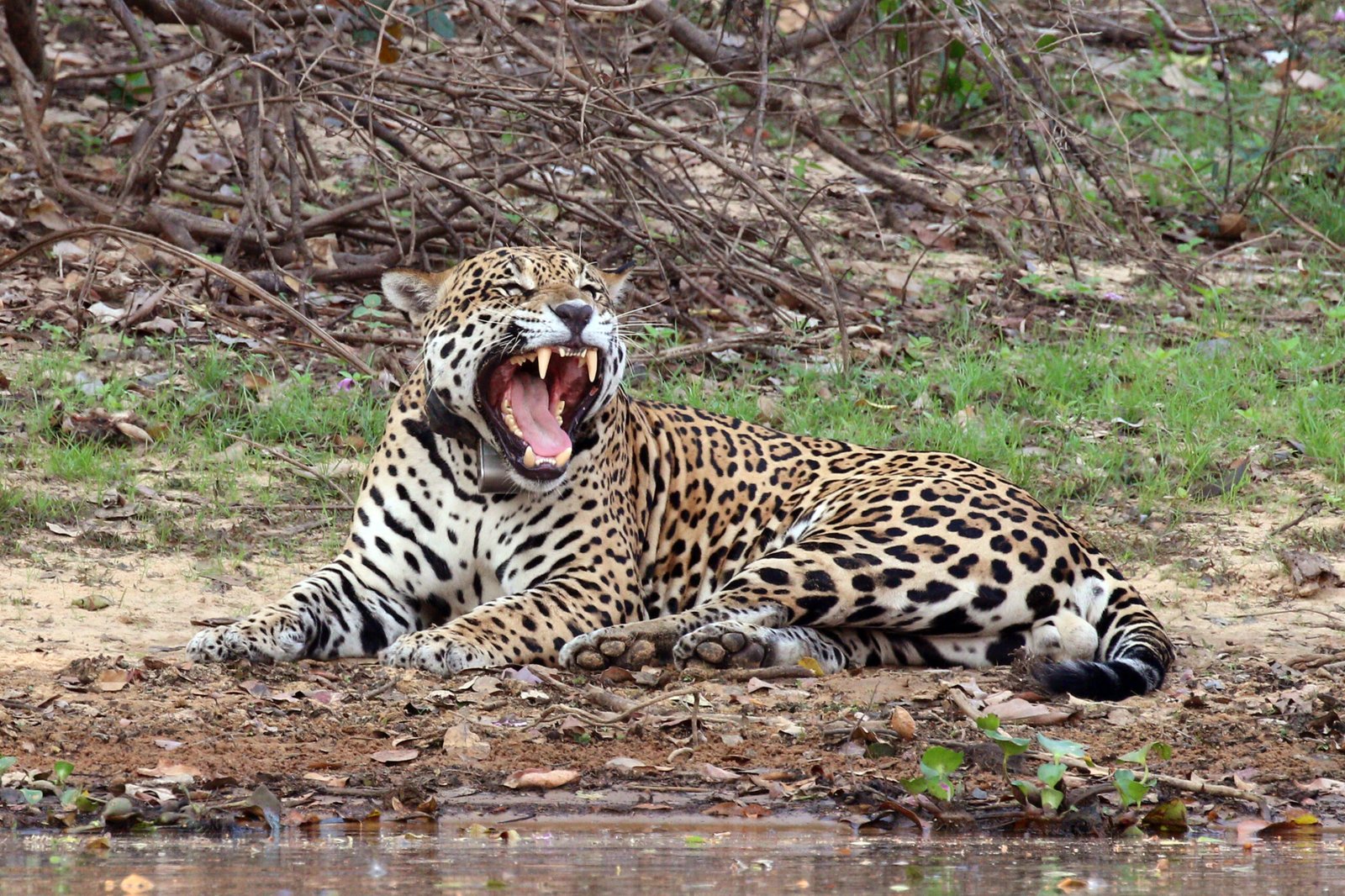
Big cats are a significant draw for ecotourism, which can provide essential funding for conservation efforts. By attracting tourists from around the world, they generate income for local communities and raise awareness about the need to protect these animals and their habitats.
Symbolism and Culture: The Power of Stories
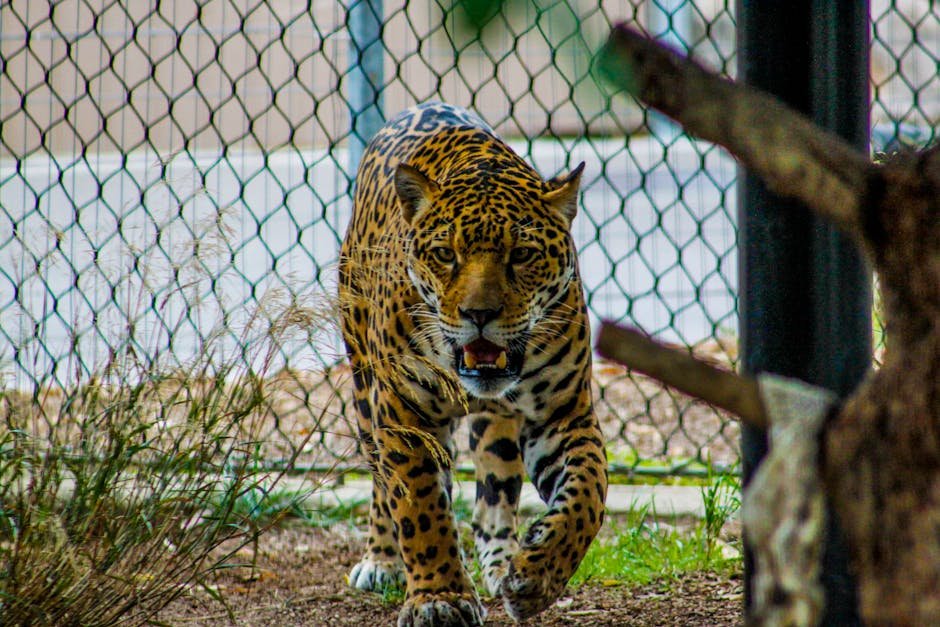
Big cats have been symbols of strength, courage, and mystery in various cultures for centuries. Stories and myths surrounding these creatures can be powerful tools for conservation, inspiring people to protect and cherish them as part of our shared heritage.
Technological Advances: Monitoring and Protection
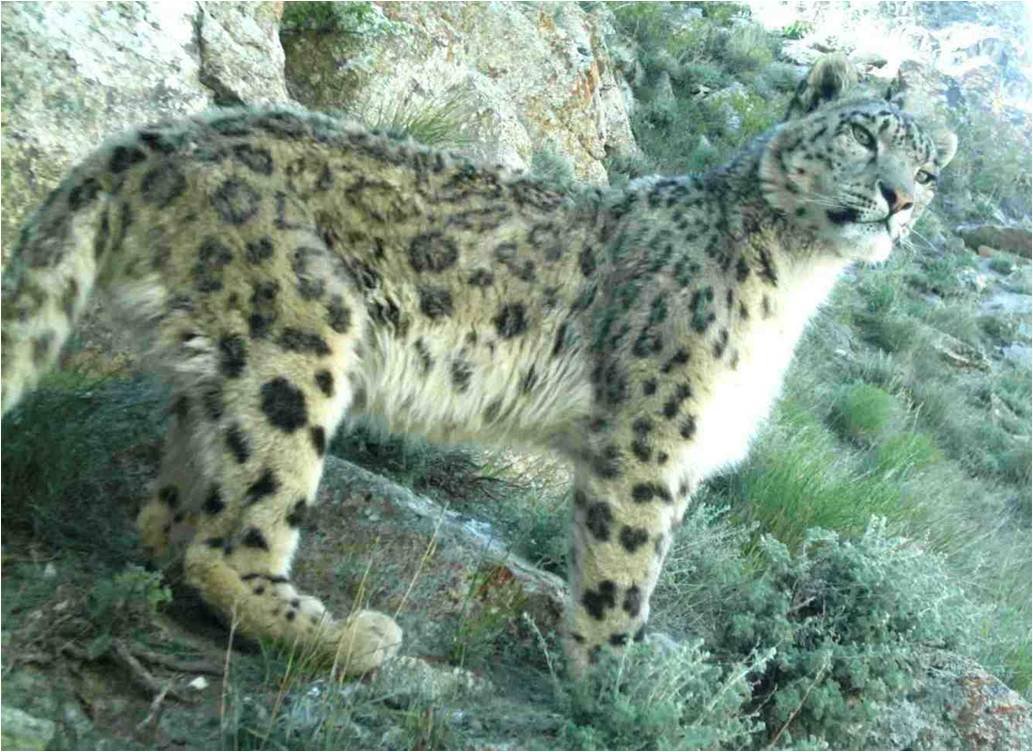
With modern technology, we can better monitor big cat populations and their prey. Tools like GPS tracking and camera traps provide valuable data, helping conservationists understand these animals’ movements and habits, ensuring they have the protection they need.
The Role of Zoos: Conservation and Education
Zoos play a vital role in conserving big cats by participating in breeding programs and raising awareness. They provide a safe haven for endangered species and educate the public about the importance of these majestic creatures in the wild.
Community Involvement: Grassroots Conservation
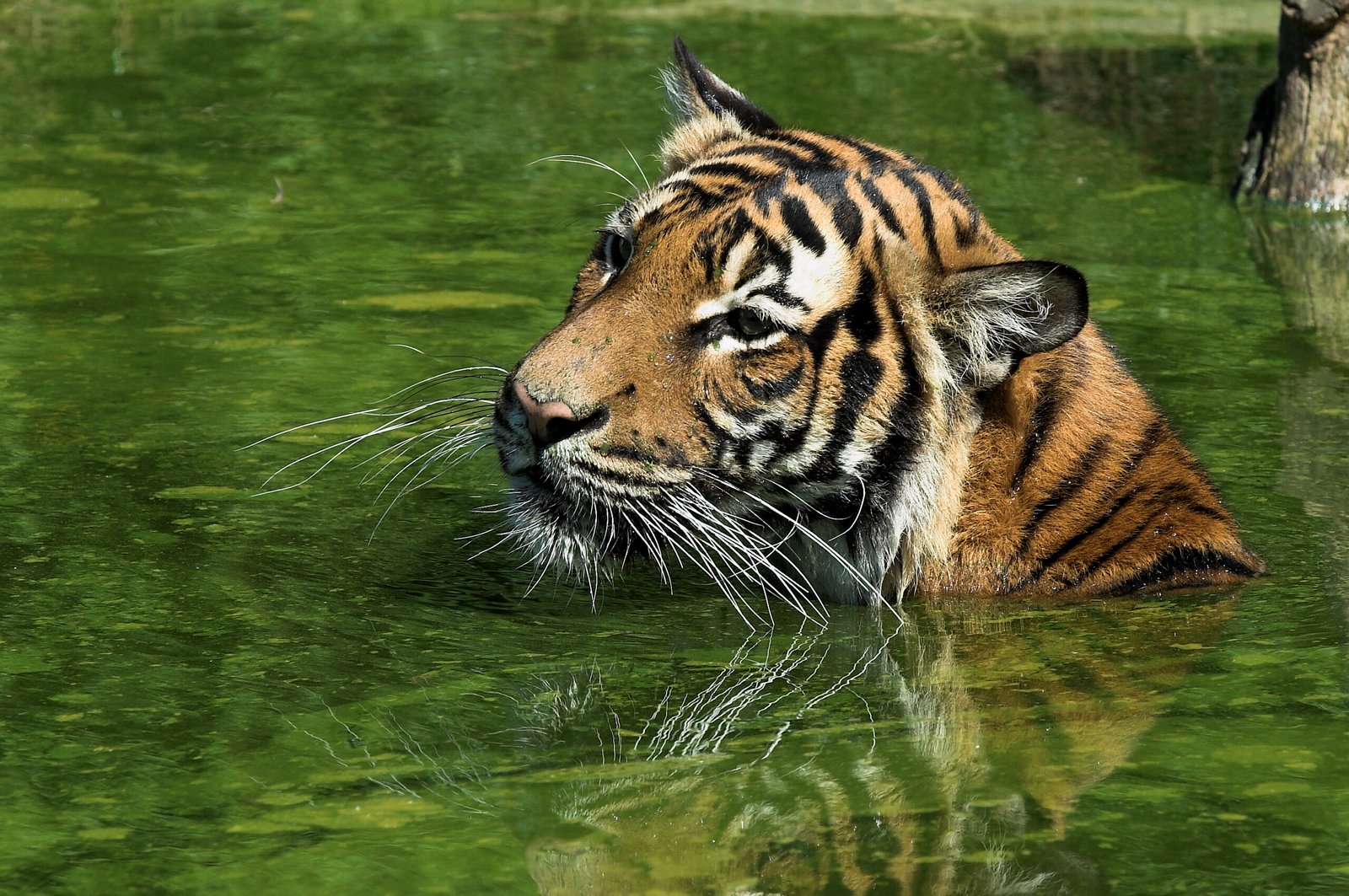
Local communities living near big cat habitats can be instrumental in conservation efforts. By involving them in protection and monitoring programs, they become stakeholders in preserving these animals, benefiting both the big cats and the people.
Challenges Ahead: The Future of Big Cats

The future of big cats depends on our collective efforts to address challenges like habitat loss, climate change, and human-wildlife conflict. By working together, we can ensure these magnificent creatures continue to roam our planet for generations to come.
Conservation Success Stories: Hope for the Future
There have been numerous success stories in big cat conservation, from increasing tiger populations in India to successful snow leopard protection programs. These achievements provide hope and demonstrate that with concerted efforts, we can make a difference.
Global Cooperation: A United Effort
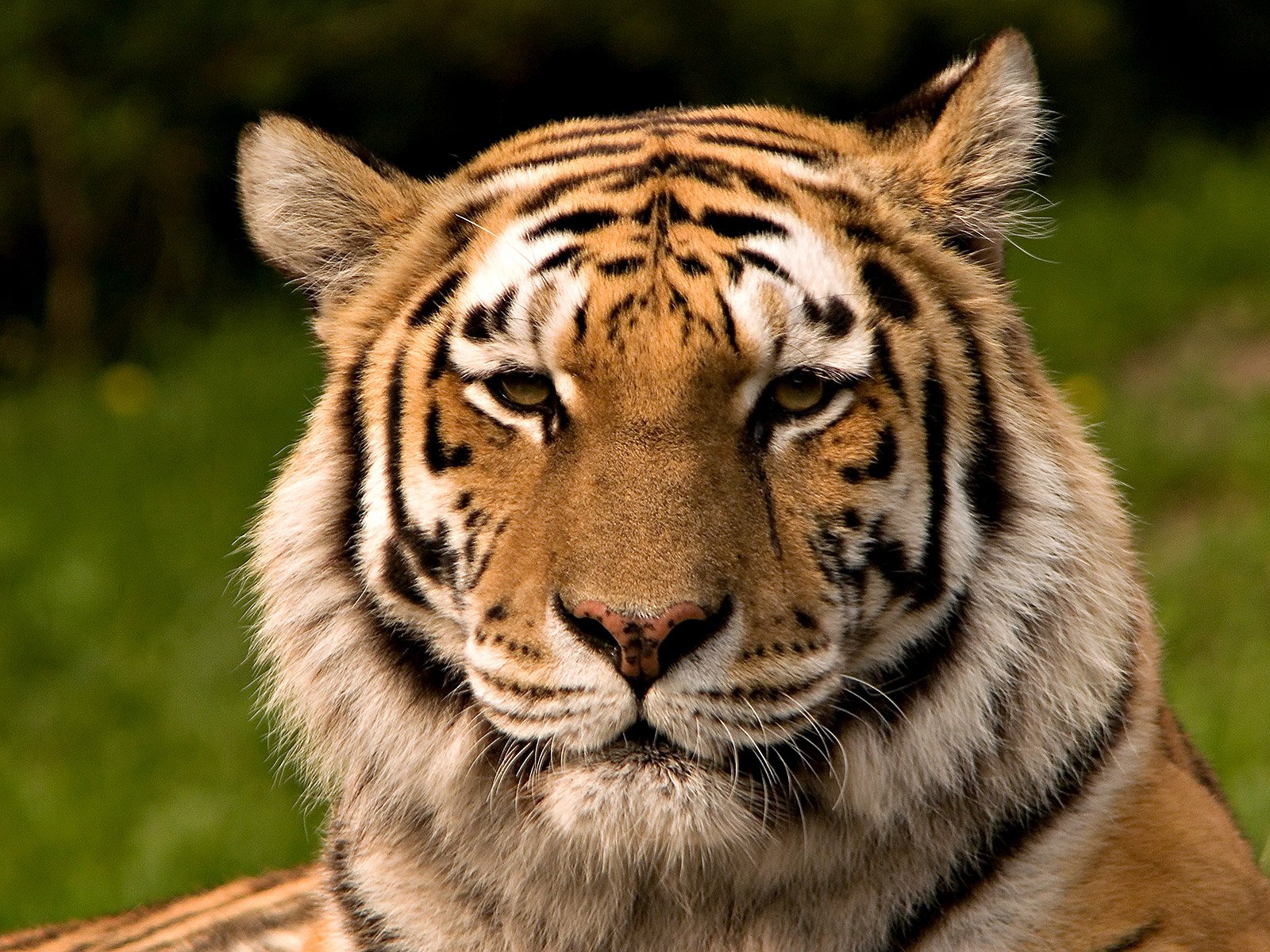
Protecting big cats requires international cooperation. Organizations, governments, and individuals must work together to create policies and initiatives that safeguard these animals and their habitats, ensuring a brighter future for all.
Big cats are not just iconic animals; they are essential players in the intricate web of life. Their role in controlling prey populations underscores their importance in maintaining ecological balance. By recognizing and protecting these majestic creatures, we ensure the health and vitality of our planet’s ecosystems.
Hi, I’m Bola, a passionate writer and creative strategist with a knack for crafting compelling content that educates, inspires, and connects. Over the years, I’ve honed my skills across various writing fields, including content creation, copywriting, online course development, and video scriptwriting.
When I’m not at my desk, you’ll find me exploring new ideas, reading books, or brainstorming creative ways to solve challenges. I believe that words have the power to transform, and I’m here to help you leverage that power for success.
Thanks for stopping by, Keep coming to this website to checkout new articles form me. You’d always love it!



